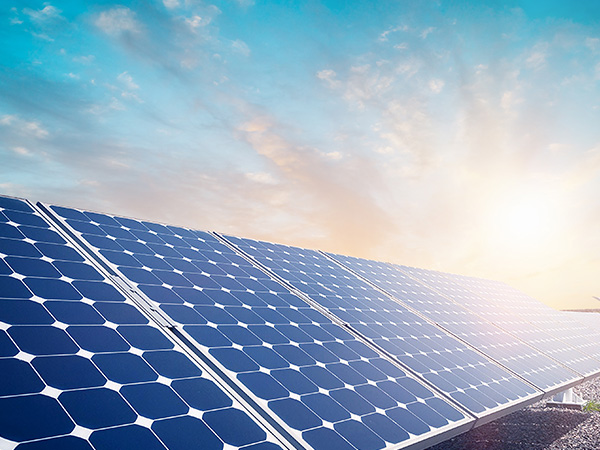
Scientists create a new type of quantum dot solar cell

When exposed to solar radiation, quantum dots absorb photons and release electrons to the surrounding titanium dioxide to generate an electric current. Combining so many elements into quantum dots will bring some defects and negatively affect the efficiency of the device, but in this case, the research team found that these defects actually improve the light energy conversion process.
"We were pleasantly surprised by the measurement results of the equipment," said Victor Klimov, the lead author of the study. "Because of their very complex composition (four elements are synthesized in a single nanoparticle), these points are prone to defects. Despite these defects , They show almost perfect performance in our solar cells-we detected 85 photoelectrically generated electrons in every 100 absorbed photons, which means that the conversion efficiency of photons to electrons is 85%."
When exposed to solar radiation, quantum dots absorb photons and release electrons to the surrounding titanium dioxide to generate an electric current. Combining so many elements into quantum dots will bring some defects and negatively affect the efficiency of the device, but in this case, the research team found that these defects actually improve the light energy conversion process.
"We were pleasantly surprised by the measurement results of the equipment," said Victor Klimov, the lead author of the study. "Because of their very complex composition (four elements are synthesized in a single nanoparticle), these points are prone to defects. Despite these defects , They show almost perfect performance in our solar cells-we detected 85 photoelectrically generated electrons in every 100 absorbed photons, which means that the conversion efficiency of photons to electrons is 85%."
Previous page
1
Next page

Contact

Contact: Yun Haishun (General Manager)
Mail:info@huadachem.com
Address: 4th Floor, Building 13, Changjiang Plastic Chemical Market, Xinbei District, Changzhou City, Jiangsu Province
Changzhou Huada Nano Material Technology Co., Ltd. 苏ICP备2021010978号-2 Powered by: www.300.cn Changzhou IPv6 is supported







